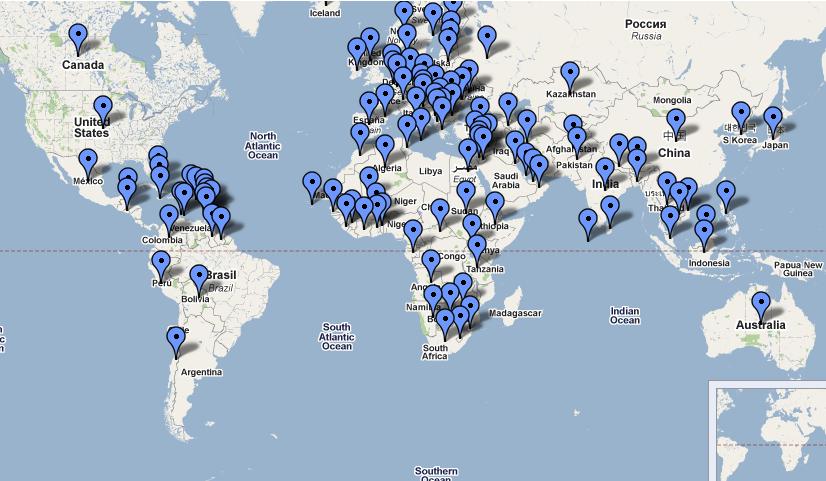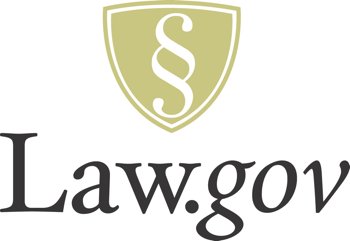Between 1950 and 2008, about one out of every 23 opinions of the U.S. circuit courts of appeals cited at least one article from a law review or law journal.
That is one of the findings of a new article posted on SSRN entitled The Use of Legal Scholarship By the Federal Courts of Appeals: An Empirical Study by David L. Schwartz, a professor at Chicago-Kent College of Law, and Lee Petherbridge, a professor at Loyola Law School Los Angeles.
Surprised by that number? Not only that, but the rate at which U.S. appellate courts cite law journals has been increasing over the past 59 years, from a rate of 3.4% of opinions during 1950-1970 to a rate of 6.21% of opinions during 1999-2008. This finding challenges the conventional wisdom that courts have been paying less attention to legal scholarship lately (challenges–but doesn’t disprove).
Is the conventional wisdom just plain wrong? Was it caused by several earlier empirical studies that found a decrease in citations (those studies were done on a much smaller scale)? The authors of this new study found that about 14% of judges are responsible for about 50% of the citations but do not break this statistic out over time. Could it be that the percentage of judges citing to legal scholarship is decreasing, and there are few judges now who cite to legal scholarship albeit citing more often? Does the conventional view stem from negative statements about legal scholarship made by Justice Roberts, Judge Posner, and other prominent jurists? Is it the result of some combination of these, or is something else going on?
The article makes several suggestions for future research, such as, how do judges really use legal scholarship? As the authors point out, the methodology of the study isn’t adequate to making fine-tuned observations. Then there is the even more difficult question: how should legal scholarship be used by the judicial system? Knowing the answers to these questions will help lawyers and academics be more effective in 1) citing legal scholarship in pleadings submitted to the court; and 2) producing legal scholarship.
As a side note, I was really impressed with the search query the authors used to search for opinions that cite law review and journal articles in Westlaw:
da(YYYY) & ((“l.j.” “l. rev.” “l.rev.” “j.l.” “law review”) /10 (20** 19** 18**)) % ((j.l. /4 v.) ti((j. /2 l.) lj jl j.l. l.j.) (at(lj jl l.j. j.l.)) (“nat! l.j.” “national law journal”))
The first part of the query looks for opinions published during a year period that cite law reviews or journals, the second part after % (BUT NOT) limits the query from retrieving cases where L and J are cited as someone’s initials and citations to the National Law Journal (not an academic publication). The query is not perfect, but it is about as close as you can reasonably get.
Hat tip to Legal Informatics Blog for the SSRN posting.








